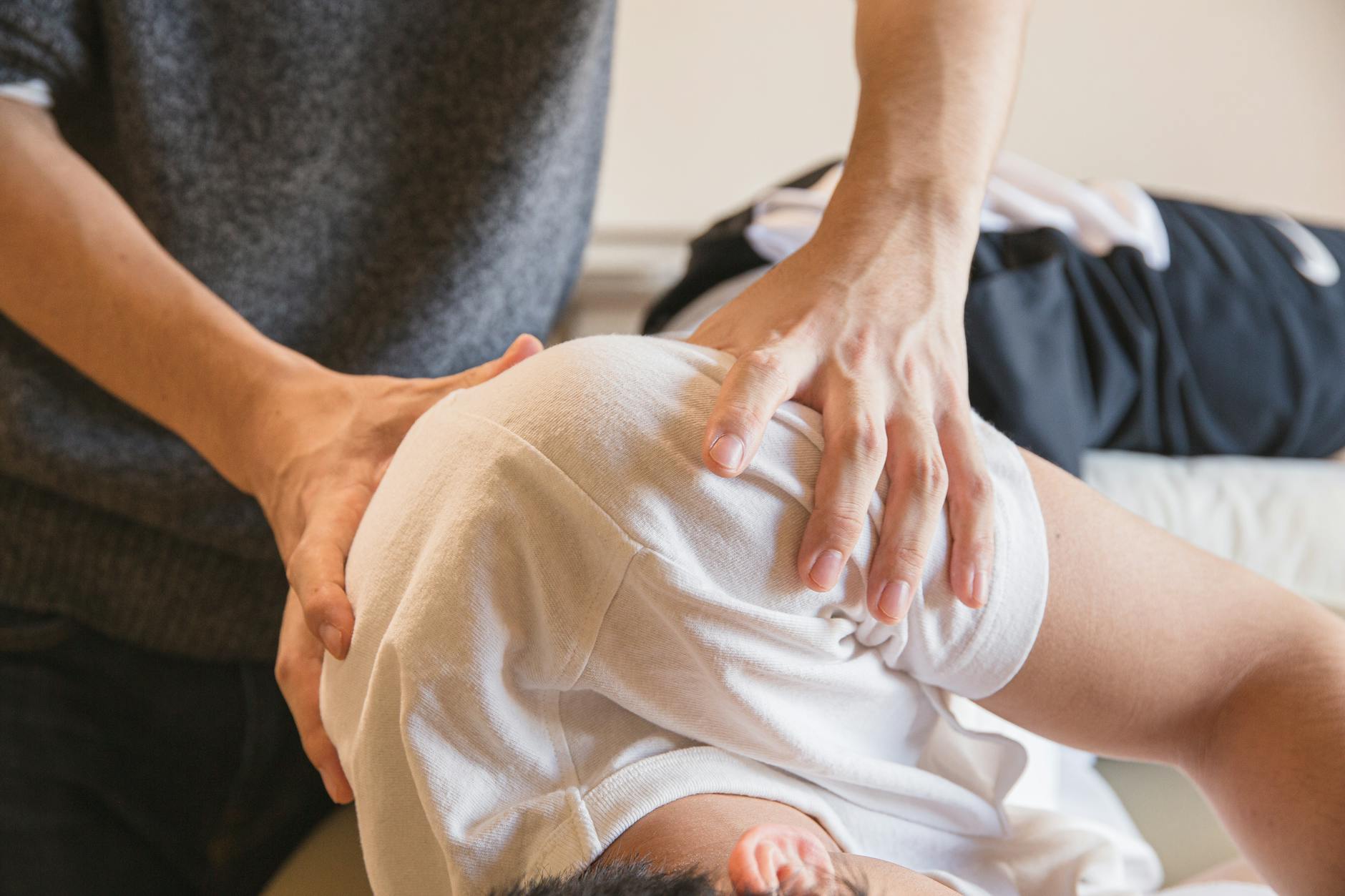Discover the secrets to finally saying goodbye to lower back pain for good with these game-changing tips and tricks!
Table of Contents
Lower back pain can be a debilitating condition that affects millions of people worldwide. Whether it’s caused by poor posture, muscle strain, or underlying health issues, finding relief from lower back pain is essential for improving quality of life. In this blog post, we will discuss some of the top tips and tricks to help you banish lower back pain for good.
Proper Posture
One of the key factors in preventing and alleviating lower back pain is maintaining proper posture. Slouching or hunching over can put unnecessary strain on the muscles and joints in your lower back, leading to discomfort and pain. To improve your posture, focus on sitting and standing up straight, keeping your shoulders relaxed and your spine aligned.
Regular Exercise
Exercise is crucial for strengthening the muscles in your lower back and improving flexibility. Incorporating activities like yoga, Pilates, or swimming into your routine can help alleviate lower back pain and prevent future flare-ups. Be sure to consult with a healthcare professional before starting any new exercise regimen to ensure it’s safe and effective for your specific needs.
Comfortable Sleep Environment
The way you sleep can have a significant impact on your lower back health. Investing in a supportive mattress and pillows that provide proper alignment for your spine can help reduce pressure on your lower back while you sleep. Additionally, sleeping on your side with a pillow between your knees can help maintain spinal alignment and alleviate lower back pain.
Healthy Eating Habits
What you eat can also play a role in managing lower back pain. A diet rich in anti-inflammatory foods like fruits, vegetables, whole grains, and lean proteins can help reduce inflammation in the body and alleviate pain. Avoiding processed foods, sugary snacks, and excessive caffeine can also benefit your lower back health.
Regular Stretching
Stretching is an excellent way to improve flexibility, reduce muscle tension, and alleviate lower back pain. Incorporating gentle stretches into your daily routine can help loosen tight muscles and improve circulation in the lower back area. Focus on stretches that target the hamstrings, hip flexors, and lower back muscles for maximum benefit.
Stress Management
Chronic stress can contribute to muscle tension and exacerbate lower back pain. Finding healthy ways to manage stress, such as mindfulness meditation, deep breathing exercises, or engaging in hobbies you enjoy, can help reduce tension in your muscles and alleviate lower back pain. Prioritizing self-care and relaxation can have a positive impact on your overall well-being.
| Tip/Trick | Description |
|---|---|
| 1. Proper Posture | Ensure you sit and stand with proper posture to reduce strain on your lower back. |
| 2. Regular Exercise | Engage in regular low-impact exercises to strengthen your core and back muscles. |
| 3. Stretching Routines | Incorporate stretching routines into your daily schedule to improve flexibility and reduce stiffness. |
| 4. Ergonomic Workspace | Adjust your workspace ergonomically with proper chair height and computer screen positioning. |
| 5. Lift Properly | When lifting objects, remember to bend your knees and use your legs to lift, not your back. |
| 6. Manage Stress | High stress levels can exacerbate back pain, so manage stress through relaxation techniques. |
| 7. Supportive Mattress | Invest in a supportive mattress to ensure proper spinal alignment during sleep. |
Hydration and Movement
Staying hydrated and engaging in regular movement throughout the day can support lower back health. Proper hydration helps maintain spinal discs’ hydration and cushioning ability, while staying active promotes blood flow to the muscles and joints in your lower back. Aim to drink plenty of water and incorporate regular movement breaks into your daily routine to reduce stiffness and discomfort.
Consult with a Healthcare Professional
If you’re experiencing persistent or severe lower back pain, it’s essential to consult with a healthcare professional. They can help identify the underlying cause of your pain and develop a personalized treatment plan to address your specific needs. From physical therapy and chiropractic care to medication and surgical options, there are various approaches to managing lower back pain effectively.
Conclusion
By implementing these top tips and tricks into your daily routine, you can banish lower back pain for good and improve your overall quality of life. Remember to prioritize proper posture, regular exercise, a healthy diet, and stress management techniques to support your lower back health. If you’re struggling with persistent pain, don’t hesitate to seek professional guidance and explore treatment options that work best for you. With dedication and consistency, you can overcome lower back pain and enjoy a healthier, more active lifestyle.
FAQ
How can I prevent lower back pain from occurring?
You can prevent lower back pain by maintaining proper posture, engaging in regular exercise to strengthen your back muscles, ensuring a supportive sleep environment, following a healthy diet, and managing stress effectively.
Is it safe to exercise with lower back pain?
It is generally safe to exercise with lower back pain, but it’s essential to consult with a healthcare professional for personalized recommendations. Low-impact activities like yoga, Pilates, and swimming can help alleviate pain and strengthen your back muscles.
How can I relieve lower back pain quickly?
To relieve lower back pain quickly, you can try gentle stretching exercises, apply heat or ice packs to the affected area, practice deep breathing techniques to relax tense muscles, and consider over-the-counter pain medication or topical creams for temporary relief.
When should I seek medical attention for my lower back pain?
You should seek medical attention for your lower back pain if it is severe, persistent, or accompanied by other symptoms like numbness or tingling in your legs, difficulty walking, or loss of bladder or bowel control. A healthcare professional can diagnose the underlying cause of your pain and recommend appropriate treatment.





